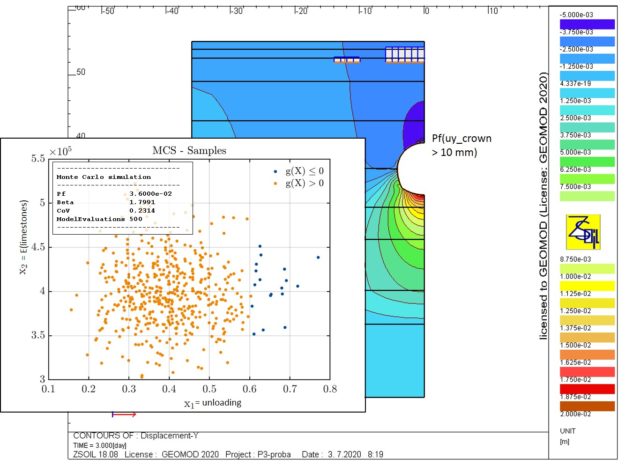Quantification of the alea (or uncertainty) in analyses performed at iTEC (QualiTEC)
| This project aims to improve the skills of in-situ measurement of parameters decisive in the performance and comfort of buildings, to test error propagation calculation tools, to promote and strengthen a non-trivial adoption thereof and finally to define the area of use of these tools for different applications in civil and environmental engineering. Building performance is measured quantitatively, from design to operation. These quantitative measures are used to calculate parameters that facilitate construction or operational decision-making. However, most of these measurements and parameters are marred by imprecision that is then propagated within our calculation models. Probabilistic approaches to design are relatively well-established in the domain of Structural Engineering, but much less so in the fields of Geotechnology and Environmental Engineering. At a global level, these approaches can be found in Anglo-Saxon and Asian countries, but are far less prevalent in continental Europe; their complexity means that existing calculation tools are not conducive to adoption and are thus rarely employed. The innovative nature of this project therefore resides in establishing a transfer of technology which facilitates the use of these techniques by engineers in the field of Civil Engineering. Other fields of research and institutions associated with Smart Living Labs could also potentially benefit from this novel approach. Aims: 1) seize upon and further develop the following methodologies: mastery of the techniques for measuring the output and transfer of heat in highly variable, highly constrained ranges and geometries (at the building and building plot level). 2) quantify the risks associated with the input data for typical problems in geoconstruction: - measurement of output water quality and heat transfer - uncertainties in material parameters (strength and deformability) stresses associated with building design - uncertainties in soil quality when verifying the weight-bearing capacity of foundations in the field of Geotechnology 3) calculate the propagation of uncertainty, sensitivity and reliability (innovation: creation of a method to quantify the probability of failure). |
